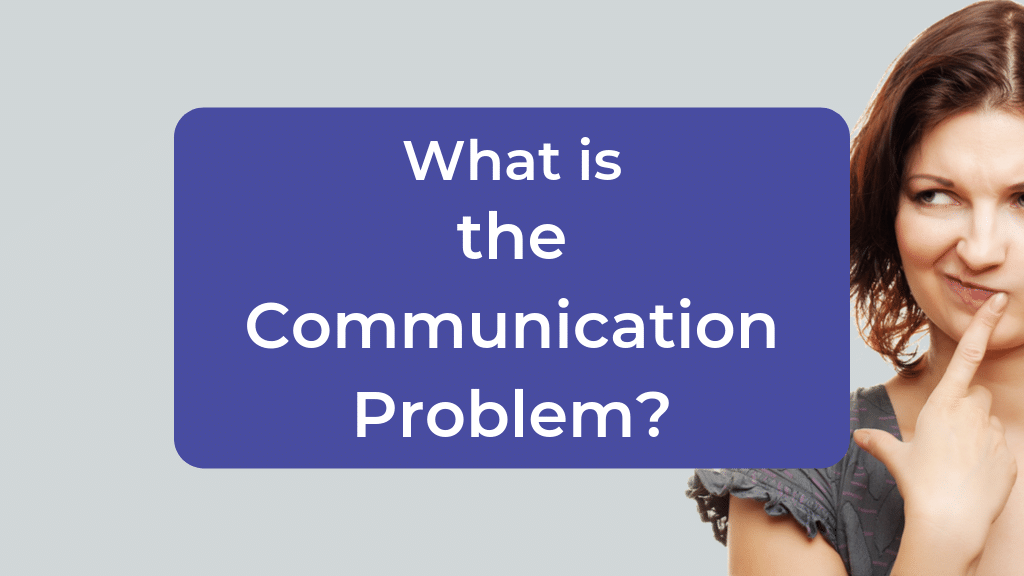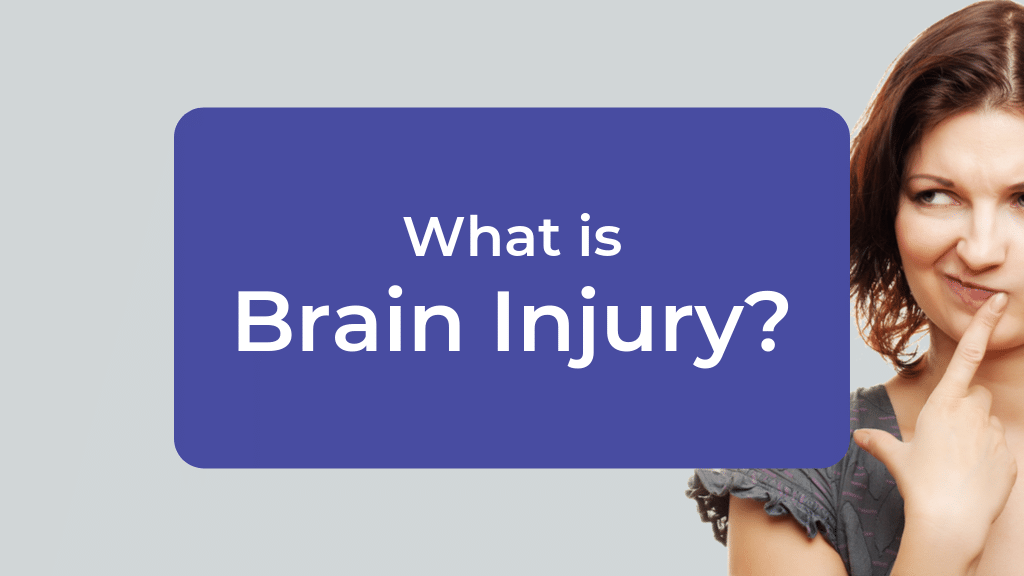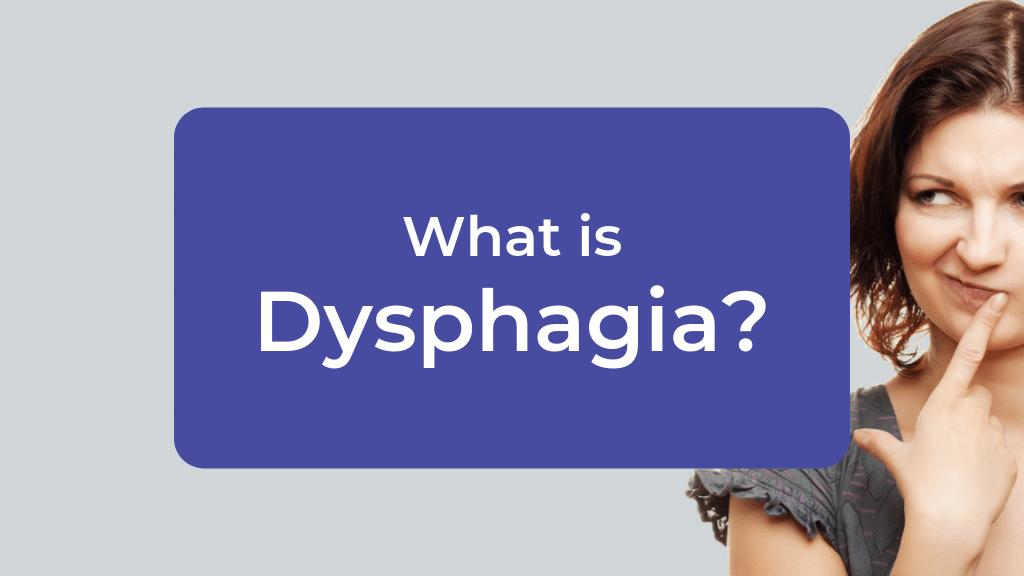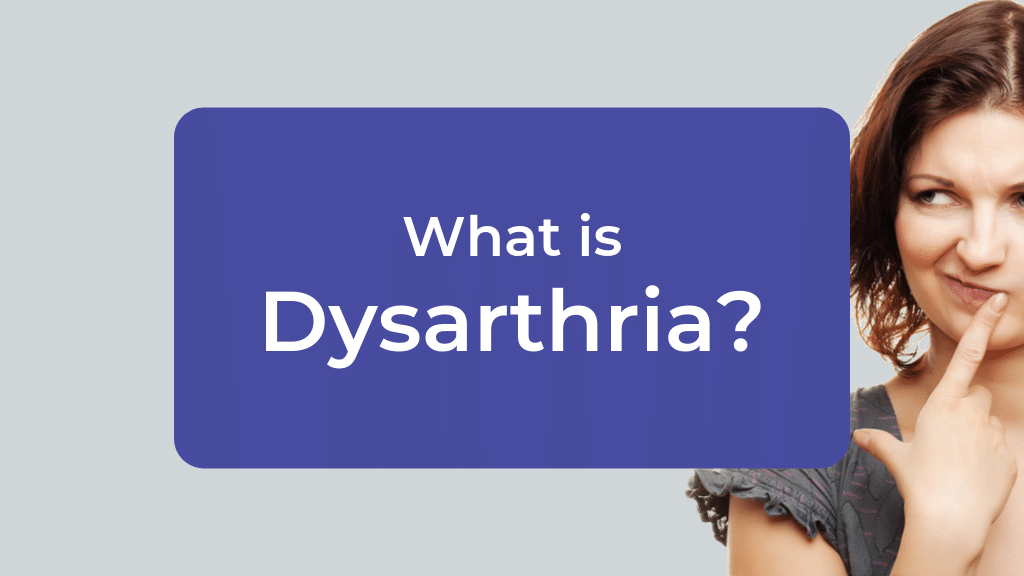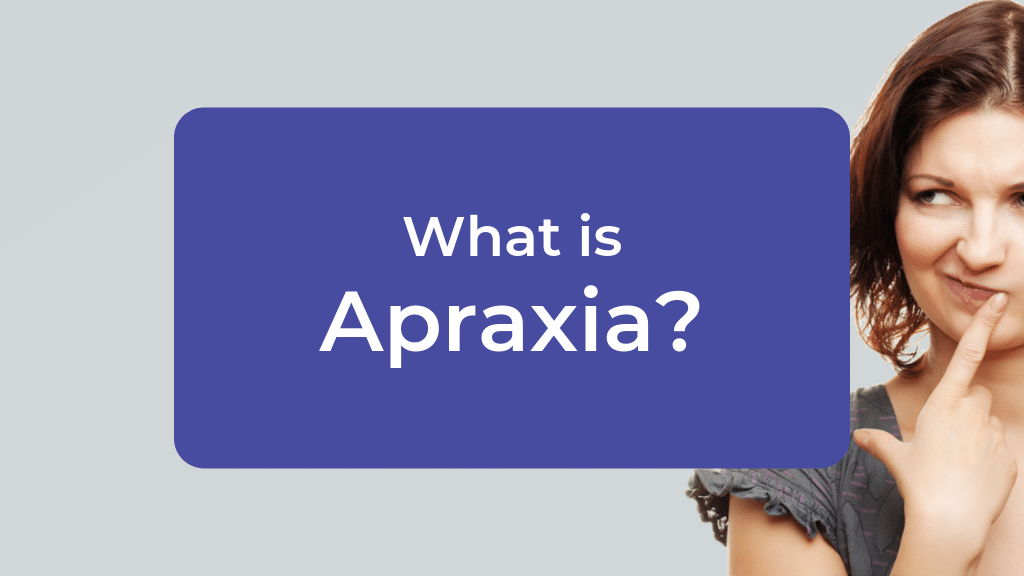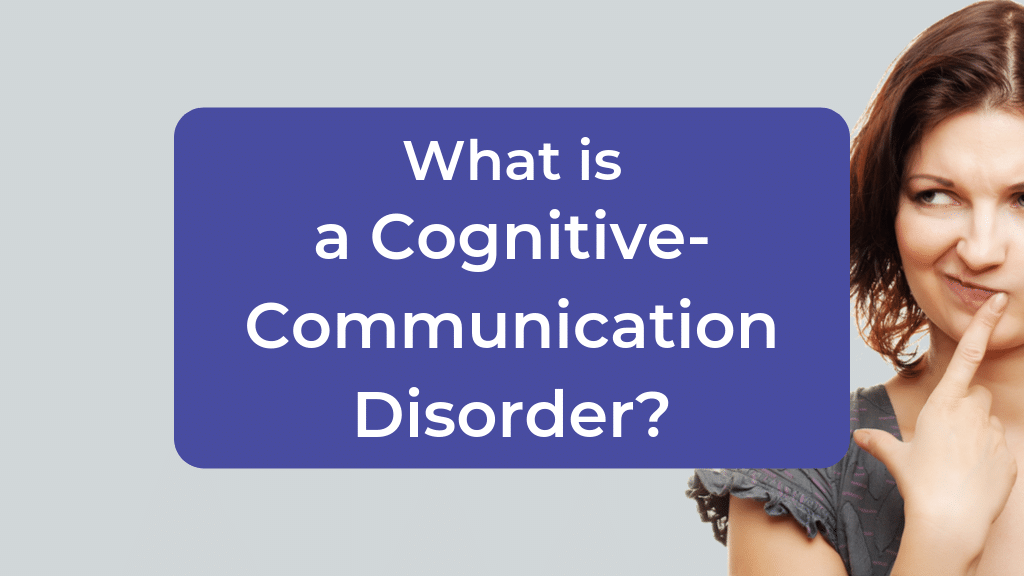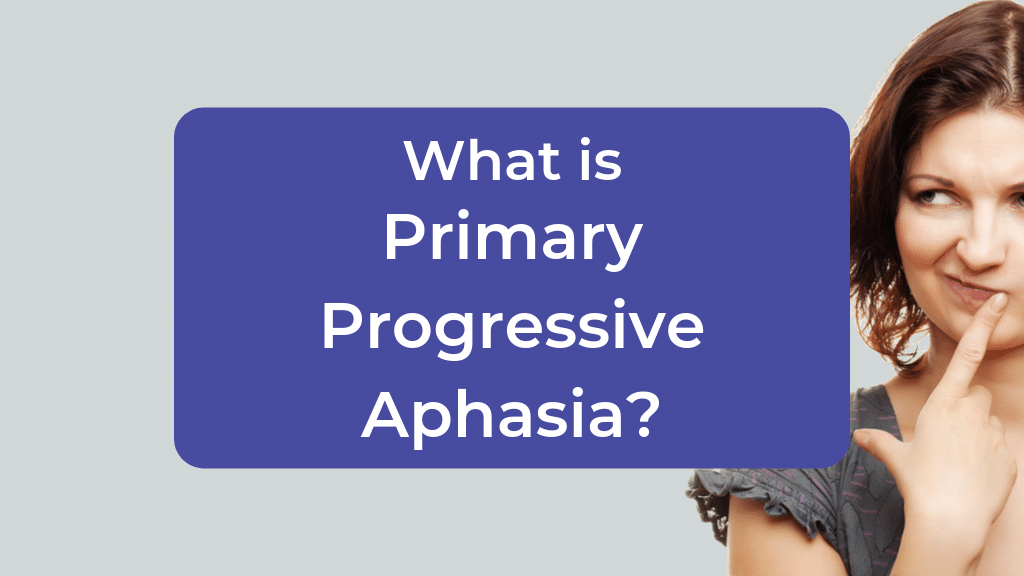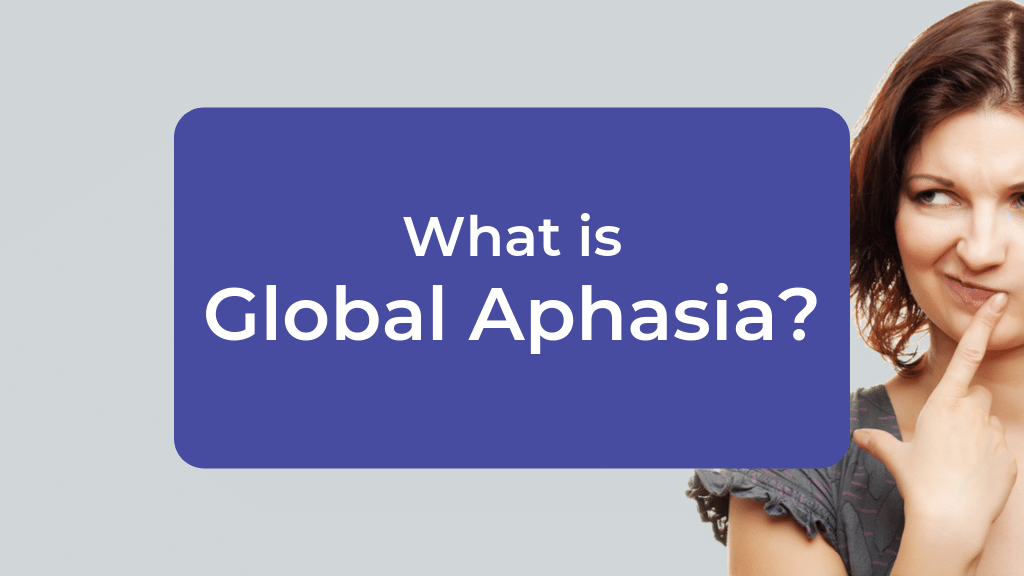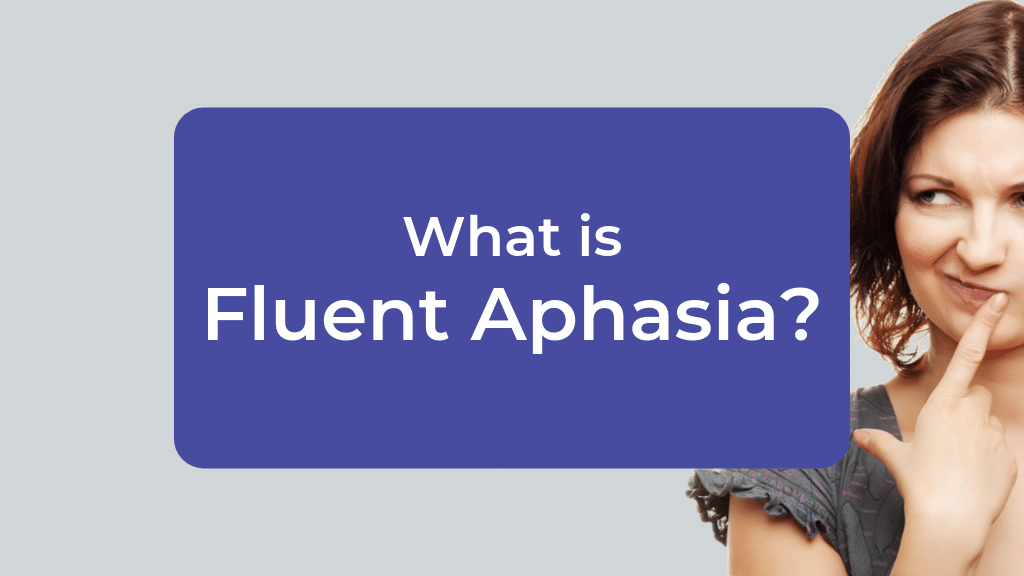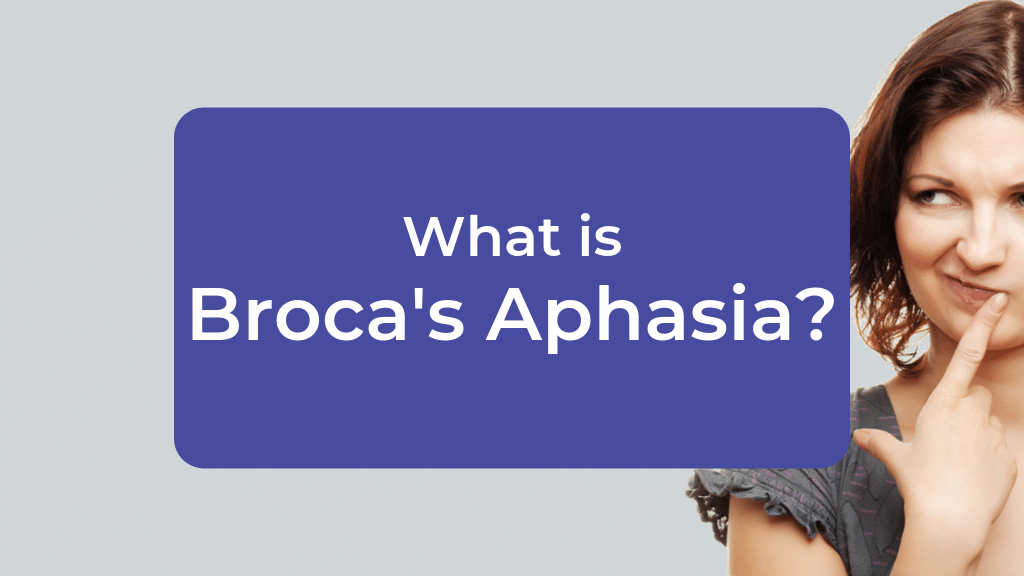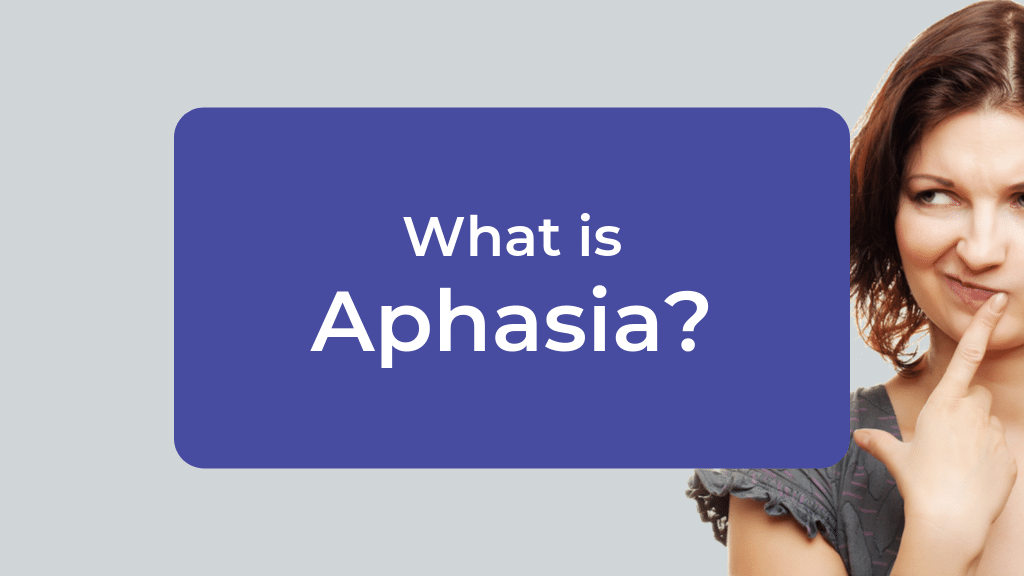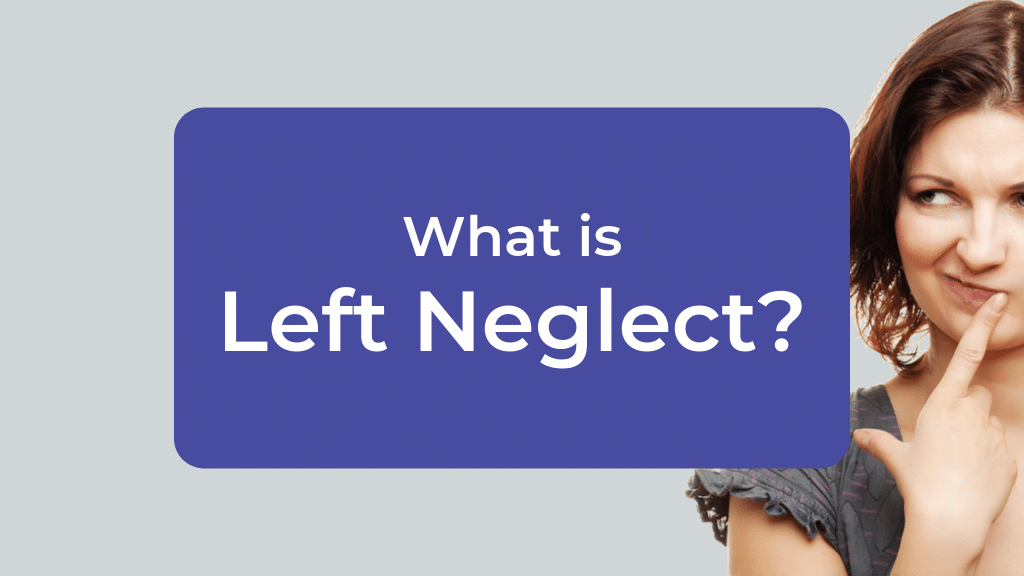What is
a Stroke?
5 min read
Stroke can be a frightening word to hear if you find out that you or someone you know has experienced one. But what is a stroke exactly?
Stroke is a medical term that describes an event inside the brain in which there is a sudden loss of function, also known as a brain attack or cerebrovascular attack (CVA). It is not uncommon and it can affect anyone at any age. Stroke is the fifth leading cause of death and the leading cause of adult disability in the United States according to the Centers for Disease Control – affecting nearly 800,000 people per year.
A stroke occurs when a part of the brain is deprived of the oxygen it needs to function properly. Like the rest of our body, the brain depends on a network of blood vessels to carry oxygen and nutrients to the cells. When those vessels become blocked or damaged and oxygen can no longer reach its destination, a person suffers a stroke.
The Types of Stroke
What Happens During a Stroke
When oxygen deprivation occurs due to a stroke, the brain becomes damaged as the affected brain cells die. When brain cells are impaired or killed, the function of the part of they body they control is compromised – making those body parts weak, paralyzed, or uncoordinated.
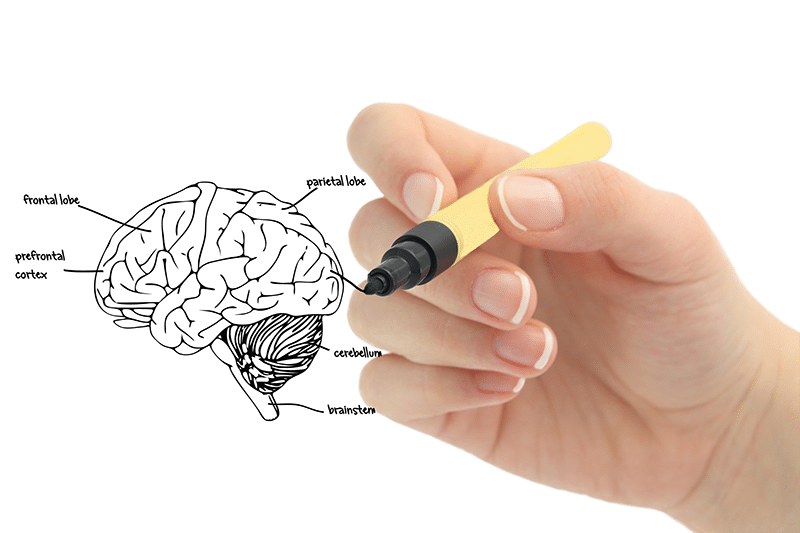
Because of the way the brain is organized, damage to one side of the brain affects the opposite side of the body (e.g., a stroke affecting the right side of the brain may impair the use of the left arm).
The onset of stroke symptoms is important to recognize and could help save someone’s life. Remember the acronym F.A.S.T. to recognize the sudden and serious signs of a stroke that include: Face drooping to one side, Arm weakness or numbness, Speech difficulty, and Time to call 9-1-1.
Doctors will use a neurological and physical examination in addition to images of the brain (from a CT scan or an MRI) and blood work to confirm a diagnosis of a stroke. Depending upon the type of stroke and how much time has passed, some treatment options include medications, surgery, or a combination of the two to remove a clot or relieve the pressure caused by a bleed.
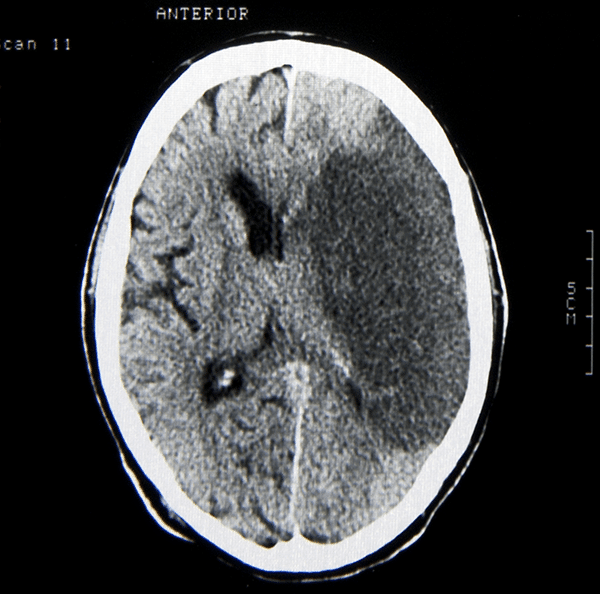
A stroke survivor will experience an array of effects on their mind and body after a stroke, depending on where, how much, and how long the brain was affected. These can include physical, cognitive, and communication challenges that vary widely from person to person.
Areas of Impairment Following a Stroke
Language and Communication:
- Difficulty coordinating the muscles of speech production to articulate words, called apraxia of speech
- Weakness of speech muscles and slurred speech, called dysarthria
- Challenges with producing and understanding speech and language, called aphasia
- Impaired ability to follow and maintain conversation and other cognitive-communication disorders
- Trouble reading, writing, or using numbers
Physical:
- Paralysis or weakness on one side of the body, called hemiplegia or hemiparesis
- Mobility problems that may require the use of a wheelchair, walker, or cane
- Vision difficulty
- Fatigue
- Trouble with activities of daily living (e.g. dressing, grooming)
- Swallowing and eating difficulties, called dysphagia
- Bladder and bowel problems such as incontinence
Cognitive:
- Disorientation
- Memory difficulty
- Challenges with problem solving tasks
- Emotional instability
- Problems with attention, including visual neglect
Learn more about strokes in the book Healing the Broken Brain: Leading Experts Answer 100 Questions about Stroke Recovery.
Recovering from a Stroke
Some people recover very quickly, while others have more lasting disabilities. Overcoming the effects of a stroke is not an easy task for most. Long-term treatment of a stroke can require ongoing medical management, rehabilitation services from therapists, and emotional support from family and friends.
For many stroke survivors with physical, cognitive, and/or communication impairments, recovery can be a frustrating task. But with the help of rehab professionals, many stroke survivors will regain crucial physical and cognitive skills that allow them to increase their independence by participating in and enjoying daily activities.
Read about the 5 factors you can control in stroke recovery.
The rehab professionals most likely to work with a stroke survivor include a physical therapist (PT), occupational therapist (OT), and speech-language pathologist (SLP). Each professional will help the patient and their caregivers set achievable goals in the areas of learning to use their body, improving cognitive abilities, and enhancing communication skills.
Therapy may include a combination of restorative exercises and strategies to compensate, including learning to use assistive devices. Education and counseling are also important parts of the recovery process. Every stroke survivor is different and will do best with a customized treatment plan created collaboratively with their doctors, family, and therapists.
Preventing a Stroke
Approximately 80% of strokes are preventable according to the National Stroke Association. Certain risk factors have been identified that can increase a person’s risk for stroke; some are preventable and some, like genetics, are not. While you can’t change your age, gender, or ethnicity, you can reduce your risk of a major stroke with the following healthy lifestyle choices:
- Eating a healthy diet
- Maintaining a healthy weight
- Regulating blood pressure
- Preventing or managing diabetes
- Getting enough exercise
- Not smoking
- Limiting alcohol use
For more helpful information about stroke, please visit our Stroke resource page and watch this video:
At Tactus Therapy, we understand stroke and the unique communication challenges of stroke survivors. Find out more about the therapy tools, resources, and benefits we offer for families looking for help.

